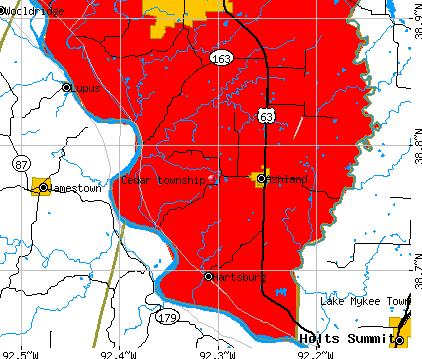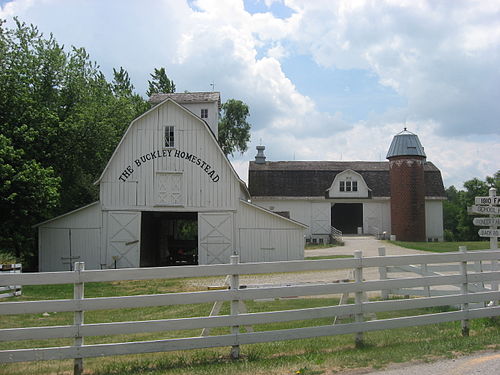


The Town Board still focus’ on public safety and upkeep of roads while facing more modern issues. Transportation to and through the township continually aids in the growth of the area. The main focus from the beginning was public safety and upkeep of roads. The local government of Cedar Lake Township currently oversees thirty-six square miles. A change of residents has been occurring over the past couple of decades to include many who have turned those small cabins into homes for full-time residency. Many cabins were erected to serve as getaways for those from the cities. The Cedar Lake area soon became a point of interest for those interested in the beautiful north woods, the lake, and fishing. The one constant has been the willingness of residents to be there for one another. WWII took a toll on the number of men available for work and aided in the decline of the village businesses. Tourism, logging, farming and work for the Stout Farm/Island maintained some locals, others were forced to larger cities to find work. Others have just kept family land for many reasons. Many of the current residents have continued to farm as their ancestors did. Locals also homesteaded and began growing produce and livestock. Various entrepreneurs arrived and soon Mikana became a bustling town which included a general store, post office, school, lumberyard, blacksmith, implement store, saloon, church, and the town hall, to name a few. The growth of the area was then complemented by the Soo Line Railway running through Mikana and meeting in the narrows with the Omaha Line. The Village of Mikana was platted on March 31, 1902. purchased the Jewett Company and logged until 1900. Jewett Company had established two logging camps near Mikana. It was the logging industry which promoted exploration and economic development of the area.īy 1875 S.A. In the late 1860s, the loggers arrived and found white pine forests. Pipestone, fishing, hunting and wild rice made the area desirable. One of the first inhabitants of Cedar Lake Township was the Ojibwa Indians who arrived as the sixth wave of people.


 0 kommentar(er)
0 kommentar(er)
